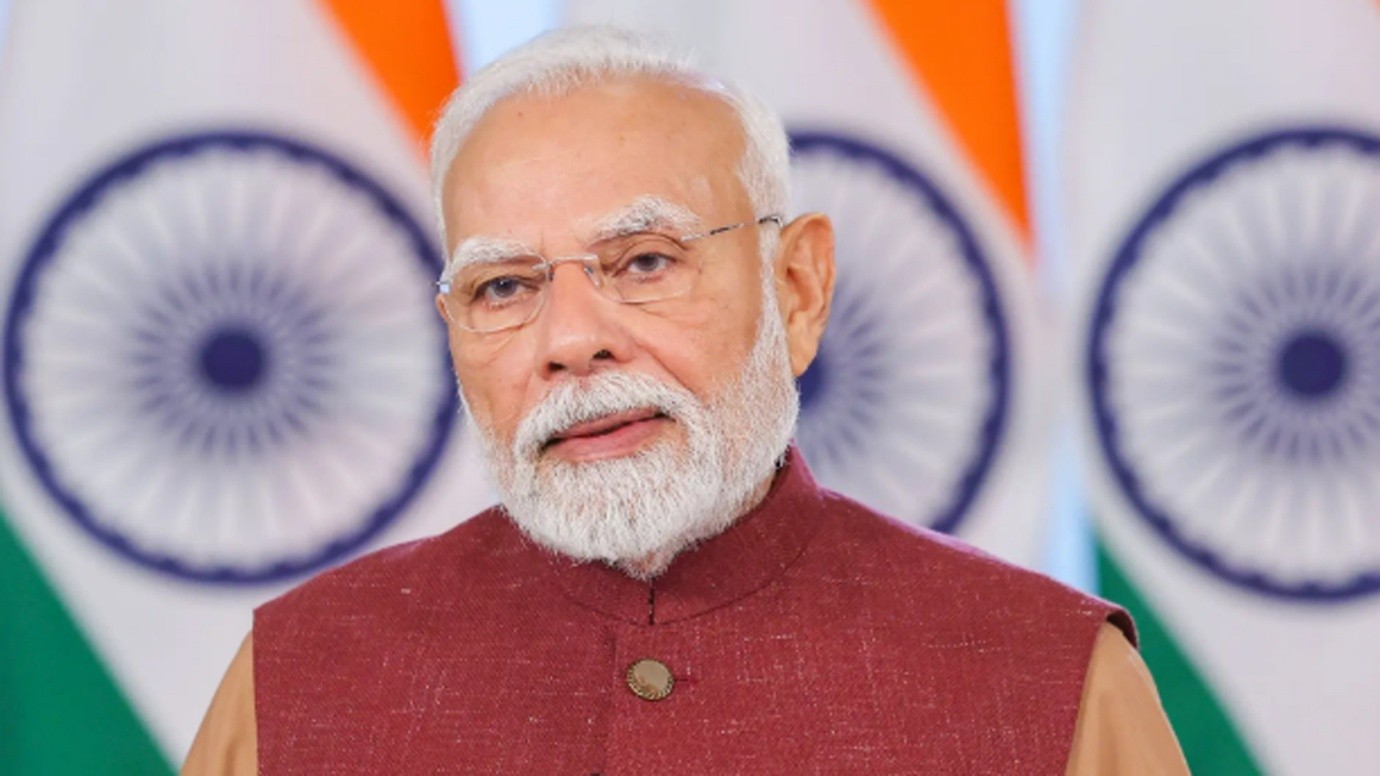Description
Context: The Supreme Court recently laid to rest the proceedings inquiring into a conspiracy to threaten the independence of the judiciary on the basis of sexual harassment allegations against the former Chief Justice of India (CJI), Ranjan Gogoi.
Singular power:
- This was a missed opportunity, for it failed to recognise that if recent experiences are anything to go by, the threat to judicial independence comes from a source closer to home.
- This is the singular power of the CJI as the Master of the Roster – i.e., the vesting of exclusive discretion in the Chief Justice to constitute benches and allocate cases.
- It enabled Justice Gogoi to institute suo motu proceedings despite being an accused; label the case as a matter of judicial independence; and preside over it.
- From the standpoint of judicial independence, the Master of the Roster power makes the CJI’s office a high stakes one. It makes the CJI the sole point of defence of the Court against executive interference.
- However, this has a flip side. With the CJI as the sole Master of the Roster, any executive seeking to influence the Supreme Court needs only a pliant CJI.
Judgements:
- R. Ambedkar had forewarned the Constituent Assembly: “…after all, the Chief Justice is a man with all the failings, all the sentiments and all the prejudices which we as common people have”.
- Yet, the Supreme Court has been reluctant to dilute this power. In Asok Pande v. Supreme Court of India (2018), a three-judge bench of the Court held that Master of the Roster is the CJI’s exclusive power.
- Thereafter, a two-judge bench in Shanti Bhushan v. Supreme Court of India (2018) rejected the plea that the Master of the Roster should be interpreted as the collegium.
- Therefore, while the CJI’s other powers such as recommending appointments to constitutional courts are shared with other senior judges, the power of Master of the Roster is enjoyed without scrutiny.
Judicial reforms:
- Reforms in the Indian judiciary have been a continuing project, mostly responding to crises of the time. Hence, when Indira Gandhi as Prime Minister ordered punitive transfers of High Court judges and superseded judges to appoint the CJI, the Supreme Court formulated the collegium system in response.
- However, this system has failed to keep executive interference at bay from the Supreme Court.
- This is for two reasons: first, as Justice Gogoi’s case shows, there is an attractive lure of post-retirement jobs; and second, as the privilege of Master of the Roster shows, the CJI’s allocation of cases is an unchecked power.
- The continuing project of judicial reforms should then address these two issues. A cooling-off period between retirement and a post-retirement appointment has often been suggested as a way to deal with the first problem.
- For the second, the power of the Master of the Roster needs to be diversified beyond the CJI’s exclusive and untrammelled discretion.
- Whether these should vest with a larger cohort of serving judges is an issue that invites public debate and introspection within the institution of the Supreme Court.
https://www.thehindu.com/todays-paper/tp-opinion/master-and-the-roster/article33967263.ece









